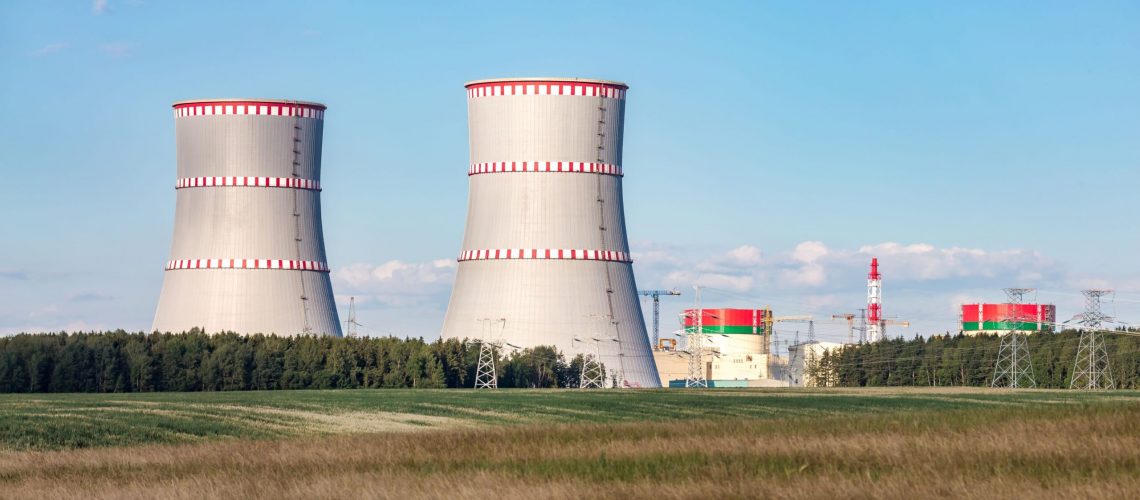Hazardous waste disposal is a critical issue facing the chemical industry and society at large. The safe disposal of hazardous waste is essential for protecting human health and the environment, and trial burns are a crucial tool in this process. Trial burns, also known as test burns or pilot burns, are controlled fires used to evaluate the effectiveness of various treatment methods for hazardous waste.
The use of trial burns in hazardous waste disposal has a long history dating back to the mid-twentieth century. Initially, trial burns primarily relied on incineration alone, but in recent years, other treatment methods have also been tested using trial burns. These controlled fires provide valuable data on the efficiency of the treatment process, as well as any potential environmental impacts. In the chemical industry, trial burns play a crucial role in ensuring the safe disposal of hazardous waste, as well as compliance with regulations.
In this article, we will explore the different types of trial burns, their benefits to the chemical industry, and the chemistry behind different treatment methods. We will also examine the challenges and opportunities in hazardous waste management, and how trial burns are helping to shape the future of this critical industry.
What Are Trial Burns & What Do They Do?
Trial burns are small-scale combustion tests performed to evaluate the safety and effectiveness of chemical destruction methods. Trial burns are commonly used for the disposal of hazardous materials, such as chemical waste, industrial byproducts, and chemical weapons. In these cases, trial burns are used to test the efficacy of various treatment methods, such as incineration or thermal desorption, before full-scale implementation. During a trial burn, a small amount of hazardous material is incinerated or treated under controlled conditions to assess the efficiency of the process, as well as any potential environmental impacts.
Trial burns are an essential component of hazardous waste disposal, as they allow for the evaluation of the effectiveness of the treatment process, as well as the potential for any harmful byproducts or emissions. By conducting trial burns, waste management facilities can ensure that they are effectively treating hazardous materials in a manner that minimizes risk to human health and the environment.
In addition to evaluating the effectiveness of the treatment process, trial burns can also be used to assess the feasibility of implementing a particular disposal method at scale. For example, a trial burn might be conducted to determine the amount of fuel needed for incineration, the level of emissions generated, and the overall cost of the process. Collectively, this information can then be used to make informed decisions about the most appropriate and cost-effective method of disposal.
A Brief History of Trial Burns
Trial burns have been used for decades as a tool for evaluating the effectiveness of hazardous waste disposal methods. The earliest trial burns were conducted in the mid-twentieth century and were primarily focused on incineration. The first large-scale incinerators were built in the 1940s and 1950s and were primarily used for the disposal of medical waste. Over time, the use of incineration expanded to include the disposal of other hazardous materials, such as chemical waste and industrial byproducts.
As environmental concerns grew in the latter half of twentieth century, the use of trial burns expanded to include other treatment methods, such as thermal desorption and vitrification. These controlled fires provide valuable data on the efficiency of the treatment process, as well as any potential environmental impacts.
In the 1980s and 1990s, the United States Environmental Protection Agency (EPA) established regulations to address hazardous waste management and disposal. These regulations, including the Resource Conservation and Recovery Act (RCRA), set strict standards for the handling, storage, and disposal of hazardous waste, and mandated the use of trial burns to evaluate the effectiveness of treatment methods. Today, trial burns continue to be an essential tool in hazardous waste management, playing a crucial role in ensuring the safe disposal of hazardous materials and compliance with regulations.
How Trial Burns Benefit the Chemical Industry
Trial burns for hazardous waste management offer numerous benefits to the chemical industry. Firstly, trial burns provide critical data on the effectiveness of various treatment methods, which helps chemical companies identify the best methods for disposing of hazardous waste while minimizing risks to human health and the environment. By testing different treatment methods, chemical companies can also optimize their waste management practices, reducing costs and improving their environmental performance.
Trial burns also allow chemical companies to assess the potential environmental impacts of their disposal practices. By evaluating the byproducts and emissions resulting from different treatment methods, chemical companies can identify areas where they can improve their sustainability practices, such as reducing greenhouse gas emissions or minimizing toxic pollutants.
Thirdly, trial burns help chemical companies comply with regulations related to hazardous waste management. Federal, state, and local regulations establish strict standards for handling, storing, and disposing of hazardous waste. Failure to comply with these regulations can result in fines, legal liabilities, and reputational damage. By using trial burns to evaluate the effectiveness of different treatment methods, chemical companies can ensure they are meeting regulatory requirements and minimizing their legal and financial risks.
Lastly, trial burns promote transparency and accountability in hazardous waste management. By publicity reporting the results of trial burns and the methods used for hazardous waste disposal, chemical companies can demonstrate their commitment to safe and sustainable practices. This enhances their reputation with stakeholders, including customers, regulators, and the communities where they operate. Overall, trial burns are a critical tool for the chemical industry to manage hazardous waste safely and efficiently while maintaining compliance with regulations and improving their environmental performance.
Why Are Trial Burns Important
Trial burns are important for several reasons. Firstly, they help to ensure the safety of personnel involved in the destruction process. By identifying potential risks and hazards, experts can implement safety measures to minimize the risk of accidents or exposure to harmful chemicals. Secondly, trial burns help to optimize the destruction process, which can lead to more efficient and cost-effective destruction of hazardous waste. Finally, trial burns help to minimize the environmental impact of hazardous waste destruction by identifying potential emissions and implementing measures to reduce them.
The Chemistry of Trial Burns
The chemistry of trial burns depends on the nature of the hazardous materials and the treatment method used. For example, incineration involves the application of heat to the waste, breaking down the hazardous compounds into less toxic compounds, such as carbon dioxide and water. This process is often supplemented with air pollution control devices that use other chemistries to remove hazardous gaseous and particulate matter from the emissions.
A third common treatment method used in trial burns is thermal desorption, which involves the application of heat to vaporize the hazardous compounds, which are then collected and treated further. While each treatment method differs, they each transform hazardous waste into stable, non-toxic compounds or materials. Understanding the chemistry behind these treatment methods is critical to ensuring the safe and effective disposal of hazardous waste.
Another commonly employed treatment method in trial burns is vitrification, which involves the conversion of hazardous waste into a stable, glass-like substance. This process involves the application of high temperatures, typically above 1,000 degrees Celsius, to melt the waste, followed by rapid cooling to create a solid, non-leachable material.
Conclusion & Summary
In conclusion, trial burns are a crucial component of hazardous waste management, as they provide experts with valuable data to optimize the destruction process and minimize risks to personnel and the environment. They also help to ensure the safety and efficiency of chemical production processes, as well as minimize the environmental impact of chemical production. The chemistry of trial burns involves the combustion of a small quantity of a new chemical product or waste material in a controlled environment, with hydrocarbons and other volatile organic compounds being the most commonly used chemicals. Overall, trial burns are an essential process in the chemical industry that ensures the safety and sustainability of chemical production processes as well as human and environmental safety in general.
Contact Noah Chemicals for your Trial Burns
Noah Chemicals has had over 15 years of experience in the trial burns industry. Our chemicals services team can provide professional chemical consulting, testing, and custom formulations for your upcoming trial burns, across all industries. For more information, you can fill out a form here or call us directly at (833) 662-NOAH.




